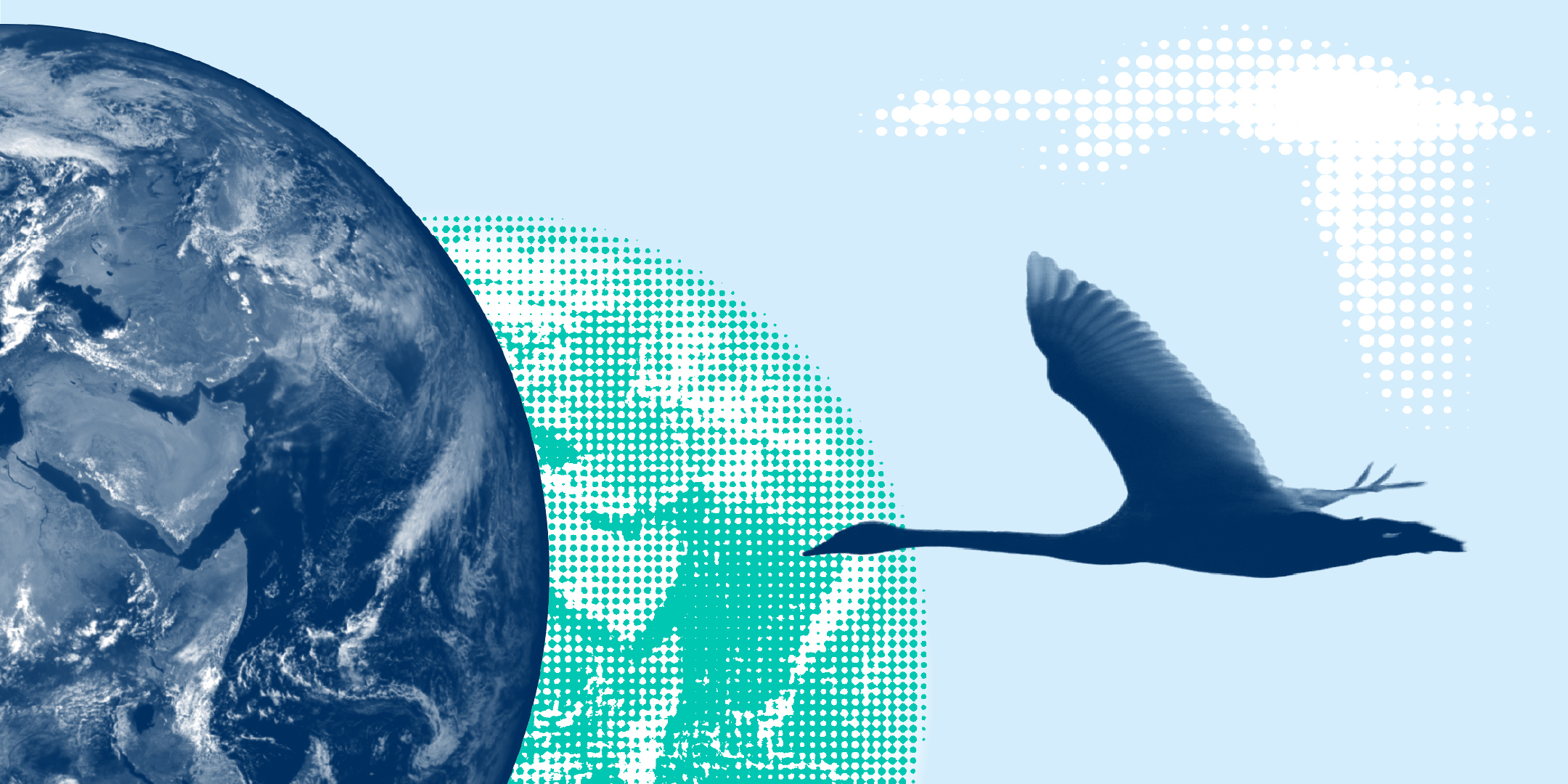Webinars on data citation organised by the Biodiversity Digital Twin (BioDT) consortium
The BioDT project coordinated by CSC is inviting researchers, data scientists, conservationists, students and anyone interested in biodiversity research and data management to join the upcoming webinars on “Mastering Data Citation” scheduled for 6 November 2023 and 20 November 2023.
The “Mastering Data Citation” webinars explore crucial aspects of recognising and attributing biodiversity research datasets, as well as provide best practices for standardised dataset citation that acknowledge their creators and sources, ultimately making data more discoverable, reusable, and crediting those who collect and manage it.
The involved speakers are BioDT project members who are going to showcase:
- the must know of data citation
- pathfinders and road blockers among organisations and countries
- benefits of data citation
- best practices and use cases.
1st Webinar: Mastering Data Citation: Insights from GBIF
Date: 6 November 2023 16:00 – 17:00 EET (15:00 – 16:00 CET)
See the agenda and register for the 1st Data Citation webinar.
2nd Webinar: Mastering Data Citation: Insights from the BioDT Research Infrastructures
Date: 20 November 2023 16:00 – 17:30 EET (15:00 – 16:30 CET)
See the agenda and register for the 2nd Data Citation webinar.
About BioDT
The BioDT project brings together a dynamic team of experts in biodiversity, high-performance computing, artificial intelligence, digital twinning and FAIR data to develop a Biodiversity Digital Twin (BioDT) prototype platform. This is going to be achieved through a cooperation between 22 European organisations that aim to push the current boundaries of predictive understanding of biodiversity dynamics by providing advanced modelling, simulation and prediction capabilities.
In BioDT, the digital twins are used to mimic behaviour observed in nature, with the purpose of developing an improved understanding of biodiversity dynamics in response to diverse human pressures, including climate change. By exploiting in new ways existing technologies and data available across relevant research infrastructures, including GBIF, eLTER, DiSSCo and LifeWatch ERIC, the prototype digital twins developed as part of the project will be able to more accurately model interactions between species and their environment.
Follow BioDT:
- BioDT on LinkedIn
- BioDT on X (previously known as Twitter)
- BioDT on YouTube
